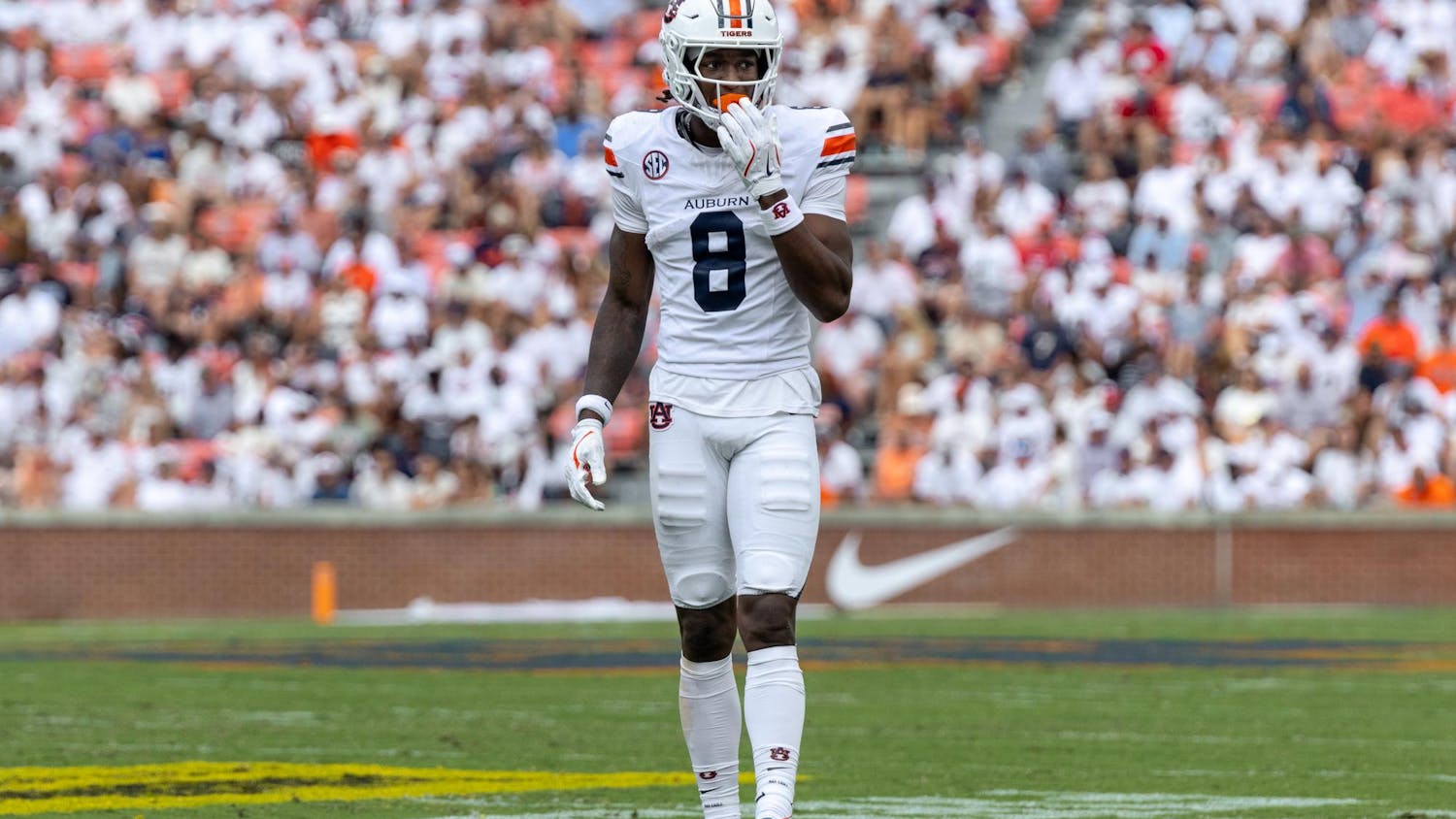Concussions in the sporting world are not a new occurrence.
Athletes in contact sports have always suffered from concussions, but since it's happening to NFL players more often this season, discussions on how to prevent them have become commonplace on TV shows like "Sportscenter."
"Concussions are a big deal around here," said Peter Lennarson, assistant professor in the department of surgery/neurological surgery at the University of Nebraska Medical Center. "I think you're starting to see it a lot more in the regular press."
But it is not just during football that athletes must be wary of concussions.
"There was some controversy over heading being allowed in soccer," Lennarson said. "Studies showed that heading the ball wasn't really a big deal, but two players hitting heads could be a problem."
While the nation is hearing about NFL concussions, this is not the first time football has drawn attention for being a violent sport.
According to Steve Wulf, ESPN The Magazine writer, in 1905 there were 19 fatalities due to violent hits in football.
"Teddy Roosevelt invited coaches and sports administrators to the White House for a summit," Wulf said.
A concussion is defined as a complex pathophysiological process affecting the brain, induced by traumatic biomechanical forces, according to the 3rd Consensus Statement on Concussion in Sport.
"There are many residual effects associated with concussions," Lennarson said. "We know very well at this point what problems they can cause."
He said a student athlete may be affected by a concussion in the classroom and while doing other off-the-field activities.
"Post-concussion symptoms can involve not only somatic complaints like headache and things like that," Lennarson said, "but also having trouble with concentration and trouble with simple calculations in your head with memory and all sorts of things."
Lennarson also said that a lot of neurological testing and screening goes on during preseason and throughout the season.
The biggest issue now facing athletic trainers and doctors is not the diagnosing of a concussion.
"Let's say you've decided someone has had a concussion," Lennarson said. "When can they go back to playing?"
When dealing with an athlete who has sustained a concussion, there is a lot of screening that goes on, whether it be on the sideline or at the hospital.
"They have these computer-based tests now that they have to score a certain score on for it to be over," Lennarson said.
Doctors recommend an athlete be over all symptoms before returning to play.
"It gets a little fuzzy, when talking about the NFL, when you're talking about a person's livelihood," Lennarson said. "Certainly at the college level, there's really a recommendation for a stepwise return to play."
The stepwise return means the athletes would wait at least a week after the symptoms have resolved before going back to play.
The approach to dealing with concussions on the sideline has changed drastically.
"It used to be that someone came off the field for a few minutes because they got their bell rung," Lennarson said.
Athletes would come off the field feeling dizzy or uncoordinated, gather themselves for a few minutes and return to the game after a coach asked if they were OK.
"It's been shown to be quite detrimental to people, especially long-term," Lennarson said. "So a second concussion before you've fully recovered from the initial one seems to be much more detrimental than two spaced out in time."
In the long run, if the brain does not fully recover from a concussion, there is an increased risk for developing a traumatic encephalopathy, or brain disease.
Do you like this story? The Plainsman doesn't accept money from tuition or student fees, and we don't charge a subscription fee. But you can donate to support The Plainsman.




